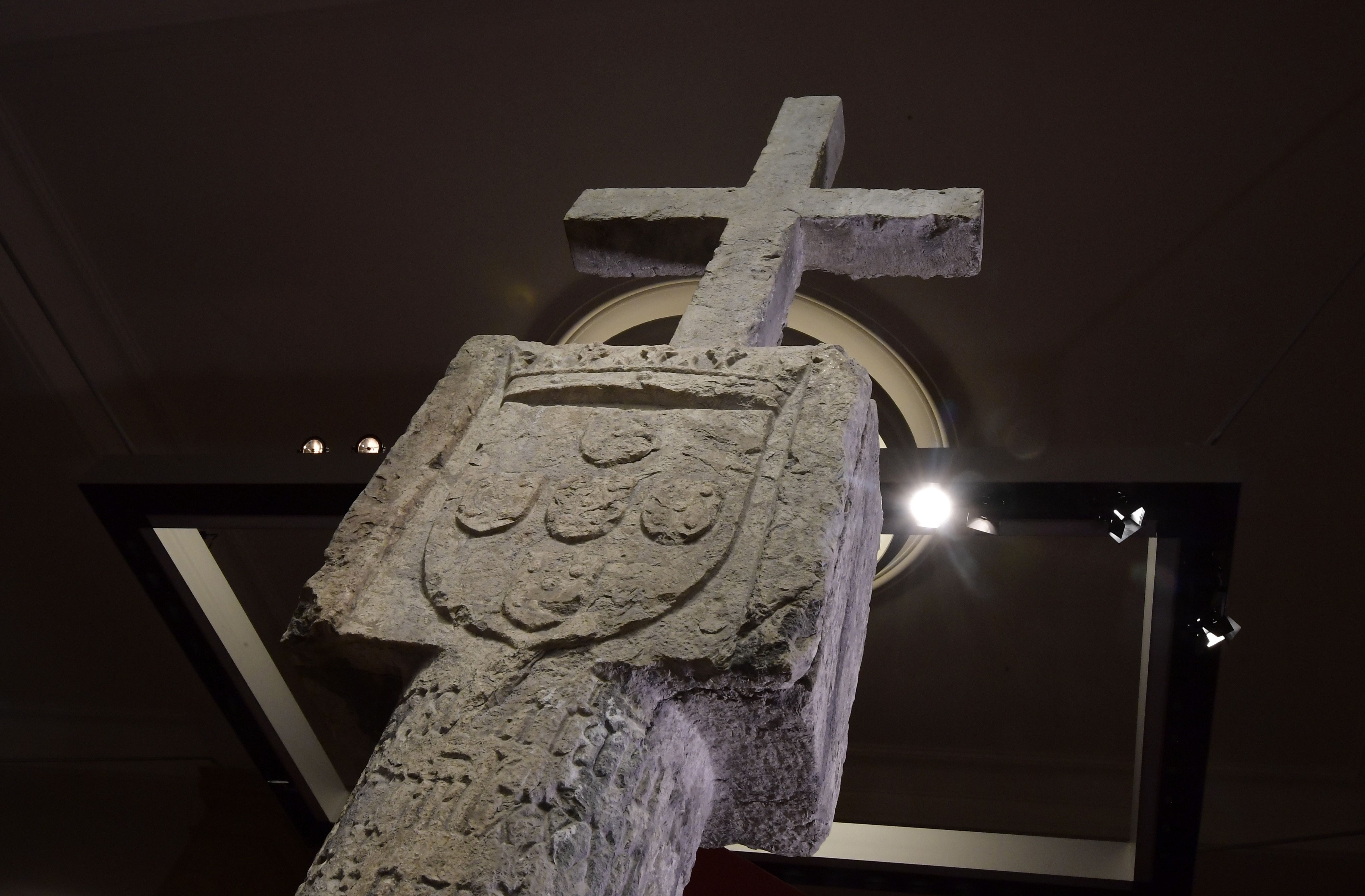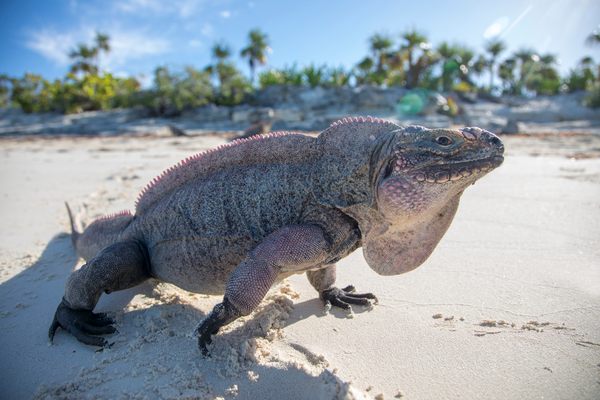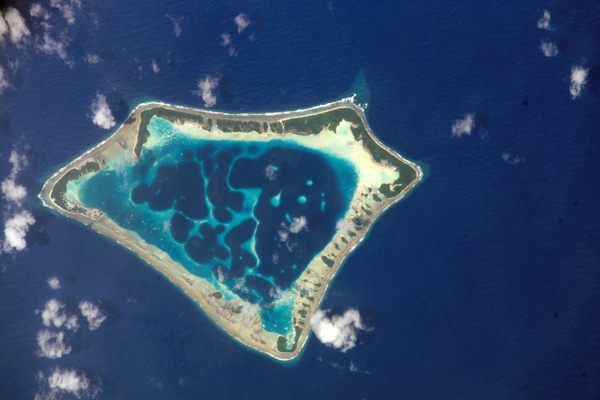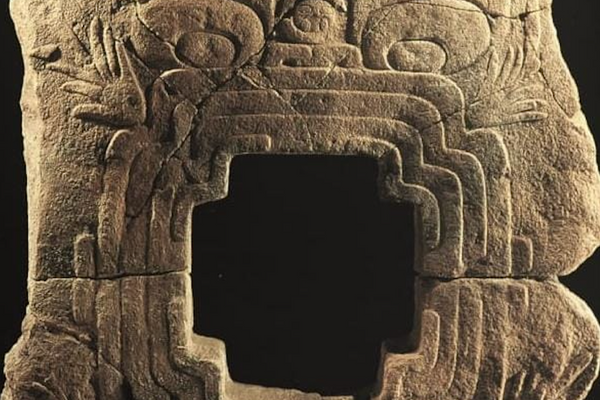Germany Will Return a 15th-Century Cross to Namibia
The 11-foot, 1.1-ton cross could once be glimpsed from the ocean.

In 1486, the Portuguese explorer Diogo Cão erected an 11-foot stone cross on the coast of what is now Namibia to claim the land for his country. Called a padrão, the enormous cross became a navigational aid for ships sailing along the west coast of Africa until it was taken in the 1890s by a German sea captain and shipped off to Europe. On May 17, 2019, the German Historical Museum pledged to return the cross to Namibia in August as a part of a greater promise to reappropriate artifacts taken under colonial rule, according to the BBC.
Before it was taken, the padrão became one of the coast’s most visible landmarks and gave the coast its current name: Cape Cross. It shows up on a number of historical maps of the world, including Martin Waldseemüller’s 1500 map, according to a report from the German broadcaster Deutsche Welle. The cross was emblazoned with the Portuguese coat of arms and etched with inscriptions in Portuguese and Latin. After several centuries weathering harsh coastal weather, the cross began to slump into a tilt and could no longer be glimpsed from the ocean, according to a blog post from the German Historical Museum.
The whole thing weighs just over a ton, making it a remarkable if morally fraught feat for the German captain Gottlieb Becker to carry it back to Germany on his ship. Becker presented the cross to Kaiser Wilhelm II, who in turn commissioned a new cross to replace the original. The new cross swapped out the Portuguese symbols with the German imperial eagle and inscriptions in German, according to the museum’s blog. In 1968, the Namibian government named the German cross a national monument. In 1980, a replica of the Portuguese cross was erected where the original once stood.

Meanwhile, Cão’s original cross became a part of the permanent collection in Germany’s Zeughaus, one of the oldest buildings in Berlin. The building was converted into a military museum in 1875 and now holds the German Historical Museum. Namibia has since converted Cape Cross into a protected reserve for the world’s largest breeding colony of Cape fur seals.
In 2017, Namibia submitted an official request for the return of the padrão. In response to this request, the museum held a symposium in June 2018 to interrogate the questions of historical justice that swirl around the cross. After all, the cross is still a colonial object and not actual African artwork. But Namibia’s ambassador to Germany, Andreas Guibeb, called the return an “important as a step for us to reconcile with our colonial past and the trail of humiliation and systematic injustice that it left behind,” the BBC reports. This reconciliation is ongoing; just last year, Germany returned more than 25 skulls of Namibian genocide victims killed by the colonial government in 1905.


















Follow us on Twitter to get the latest on the world's hidden wonders.
Like us on Facebook to get the latest on the world's hidden wonders.
Follow us on Twitter Like us on Facebook